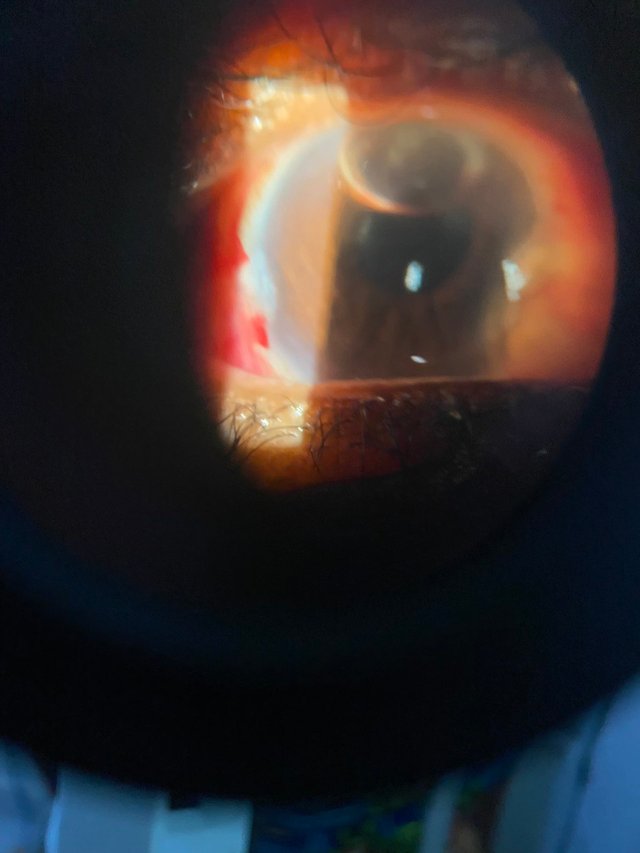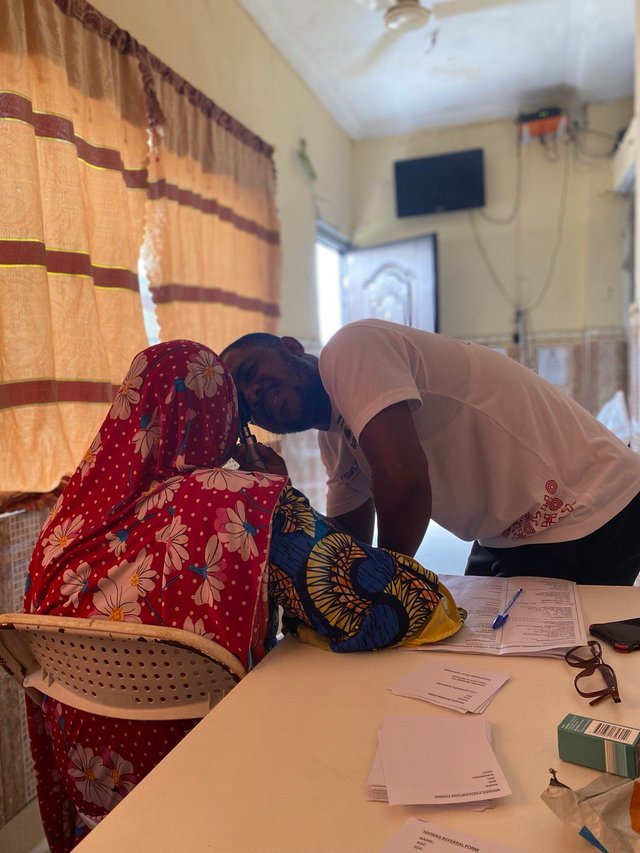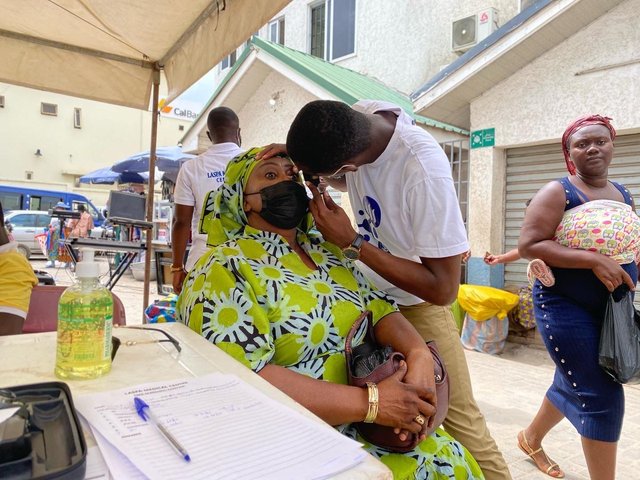Greetings to all and sundry,
It is a great privilege and a pleasure to come your way today with another one of our ocular health lessons. We hope that as usual, you get to benefit from this and learn a thing or two that would go a long way to improve your ocular health as well as that of your loved ones or neighbors.
Before we move on to today's discussion though we would want to use this opportunity to once again say a big thank you to all our loved ones and supporters who have been with us from the very word go. To the WOX-foundation we say ayekoo, many thanks for the love, God bless all our patrons and patronesses.
Subconjunctival Hemorrhage
This condition is a common one and most often individuals are scared whenever it happens and yet it is one of the most innocuous ocular conditions you may come across. It is depicted as a blood hemorrhage or blood on the white part of the eye or around the cornea. It is most often not painful unless the condition is compromised with other conditions.
The blood seen in subconjuctival hemorrhage does ooze out of the eye. It is as a result of a breakage of some of the vessels that feed the conjuctiva (the transparent layer that covers the white part of the eye) or it could also come from the vessels that feed the sclera (the white part of the eye) itself.
Common causes include blunt trauma to the eye, sneezing, drugs such as blood thinners etc. It may also come about as a result of some underlying conditions of the eye. This is not the same as conjuctivitis or red eyes or pink eyes, one can easily differentiate between the two because whiles in conjunctivitis the eye looks reddish as a result of the inflammations going on, in sub-conjunctival hemorrhage one can see actual blood on the eye although it can't be touched to stain.
Treatment
First and foremost we would advise that once you notice this you visit the nearest eye clinic for thorough examination to ensure that there are not complications anywhere or underlying conditions. This is even more important when you got it as a result of trauma to the eye, your eyes may need to be dilated to avoid synechiae.
Upon a visit to the clinic, your optometrist may recommend warm compresses where you would use warm water to get the blood to melt back into the circulatory system. You may also be given some additional eye drops for prophylaxis to help any underlying conditions or avoid any other complications.
Conclusion

Thank you for taking your time to be with us for our lesson today, we wish you the very best and a wonderful weekend. Stay safe and have a wonderful week.


